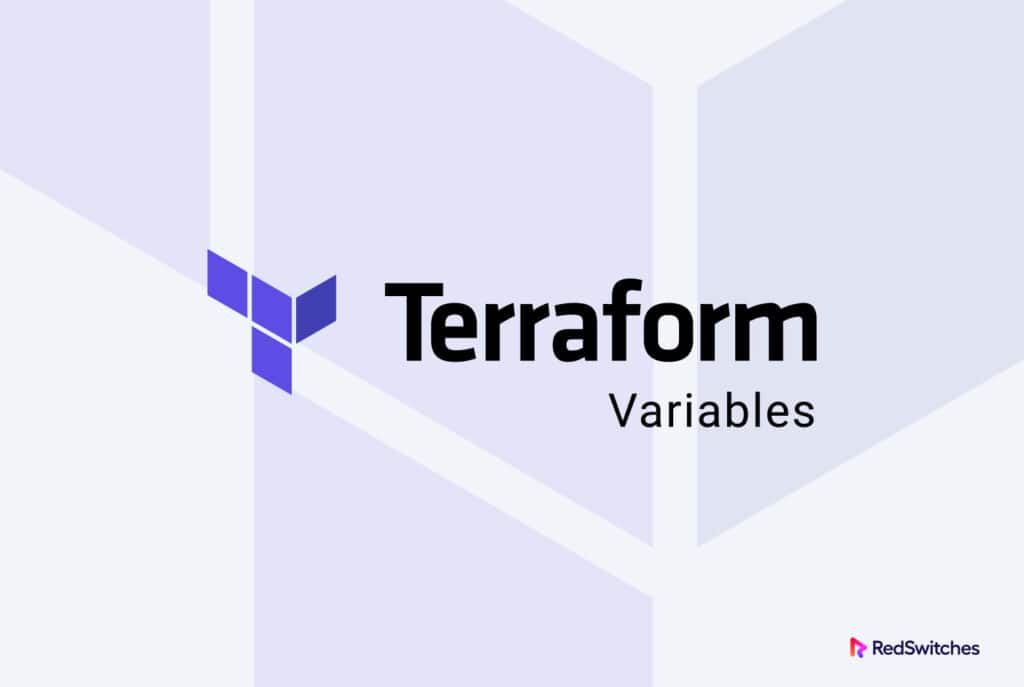☑️Day 64: Deep Dive into Terraform Variables🚀
 Kedar Pattanshetti
Kedar Pattanshetti
🔹Table of Contents :
Introduction
Types of Terraform Variables with Real-World Examples
Defining and Using Variables in Terraform
Methods to Assign Variable Values
Real-World Scenario Using Variables
Essential Terraform Commands for Variables
Practical DevOps Example Using Variables
Key Takeaways
✅1. Introduction to Terraform Variables
- Why Use Variables?
Variables make Terraform configurations more flexible and maintainable by allowing us to define reusable and modular code that adapts to different environments.
✅2. Types of Variables in Terraform with Real-Time Examples
✅String Variables
Use Case: Storing environment-specific values like region, instance type, or environment name.
Example: Deploying an AWS instance in different regions for different environments.
Code & Commands:
variable "region" { description = "AWS region for deployment" type = string default = "us-west-2" }To reference: Use
${var.region}in the code.Command: Run
terraform plan -var="region=us-east-1"to override the default.
✅Number Variables
Use Case: Defining the instance count, disk size, or other numeric values.
Example: Setting the number of instances dynamically based on requirements.
Code & Commands:
variable "instance_count" { description = "Number of instances to deploy" type = number default = 2 }To reference: Use
${var.instance_count}in the configuration.Command: Override with
terraform plan -var="instance_count=3".
✅Boolean Variables
Use Case: Toggling optional features, such as enabling monitoring or backups.
Example: Enabling monitoring for production but disabling for development.
Code & Commands:
variable "enable_monitoring" { description = "Enable monitoring on instances" type = bool default = true }To reference: Use
${var.enable_monitoring}to apply conditional logic.Command:
terraform apply -var="enable_monitoring=false"for environments where monitoring is not needed.
✅List Variables
Use Case: Defining a set of values, such as availability zones or IP addresses.
Example: Deploying across multiple availability zones.
Code & Commands:
variable "availability_zones" { description = "List of availability zones" type = list(string) default = ["us-west-2a", "us-west-2b"] }To reference: Access specific values using
${var.availability_zones[0]}.Command:
terraform apply -var='availability_zones=["us-east-1a", "us-east-1b"]'.
✅Map Variables
Use Case: Storing environment-specific configurations, like instance types for dev/prod.
Example: Assigning different instance types for different environments.
Code & Commands:
variable "instance_type" { description = "Map of instance types" type = map(string) default = { dev = "t2.micro" prod = "m5.large" } }To reference: Use
${var.instance_type["dev"]}to access specific values.Command:
terraform apply -var='instance_type={ dev="t3.micro", prod="m5.xlarge" }'for custom overrides.
✅3. Defining and Using Variables
Defining Variables: Add a
variables.tffile to organize all variables.Referencing Variables: Variables are referenced with
${var.variable_name}syntax.Command: Run
terraform applywith variable flags, such asterraform apply -var-file="prod.tfvars"to deploy production infrastructure.
✅4. Methods to Assign Variable Values
Default Values: Use
defaultin variable declaration.Environment Variables: Set Terraform variables as environment variables (e.g.,
export TF_VAR_region="us-west-1").Command-Line Flags: Use
terraform apply -var="variable_name=value".Variable Definition Files: Store multiple values in
.tfvarsfiles (e.g.,prod.tfvarsfor production).
✅5. Real-World Scenario with Variables
Multi-Region Setup: Using variables to configure instances across regions.
Command: Create a variable file (e.g.,
multi-region.tfvars) for each region, allowing automated deployment across regions using a single command.
✅6. Essential Commands for Working with Variables
terraform plan: Validates variable usage and checks for any missing values.terraform apply: Applies the configuration using provided variables.terraform validate: Checks the configuration syntax.Real-World Use: Easily switch between development and production by referencing a single
.tfvarsfile specific to each environment.
✅7. Practical DevOps Example Using Variables
Managing Multiple Environments:
Define separate
.tfvarsfiles for dev and prod environments, e.g.,dev.tfvarsandprod.tfvars.Run
terraform apply -var-file="dev.tfvars"for the development environment.Example: Automating environment configurations with variables in CI/CD pipelines for consistent infrastructure setups.
✅8. Key Takeaways
Variables provide flexibility and reusability in Terraform, allowing for efficient, scalable DevOps workflows.
From multi-environment deployments to on-demand instance scaling, variables in Terraform offer a powerful way to adapt configurations dynamically.
Stay tuned for more hands-on tasks and in-depth learning!🚀
🚀Thanks for joining me on Day 64! Let’s keep learning and growing together!
Happy Learning! 😊
#90DaysOfDevOps
Subscribe to my newsletter
Read articles from Kedar Pattanshetti directly inside your inbox. Subscribe to the newsletter, and don't miss out.
Written by
